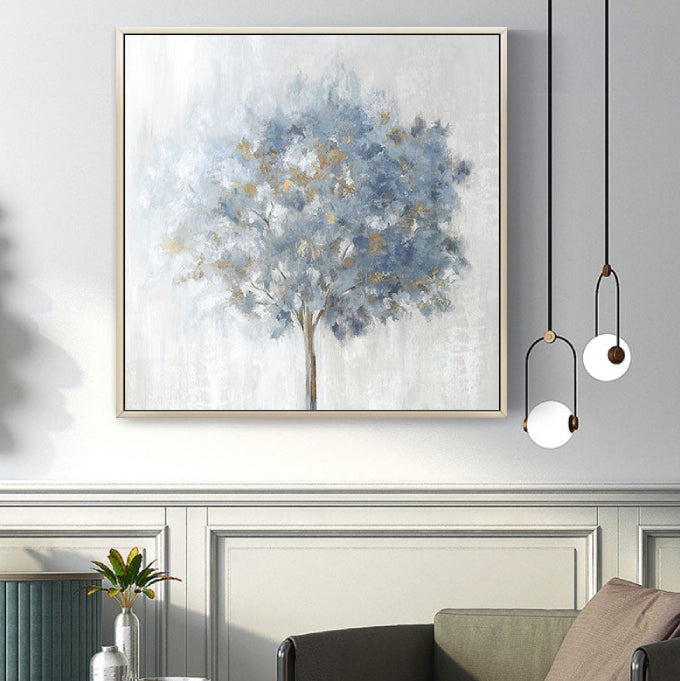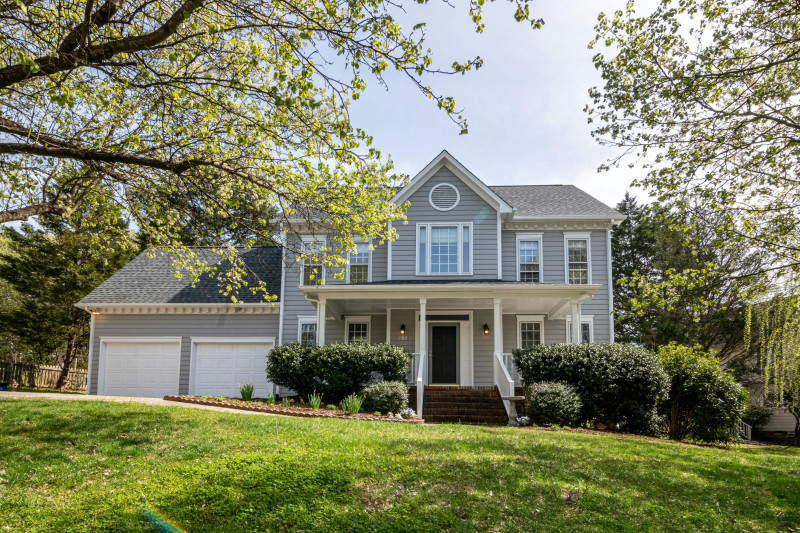This is a sponsored guest post. There is a paid link in this article.
Shipping containers have revolutionized the global logistics industry by providing a durable and cost-effective way to transport goods by sea. However, these metal boxes are not just limited to the world of cargo shipping. In recent years, designers and architects have discovered innovative ways to repurpose a used steel storage container in creative and functional ways. From homes and offices to retail spaces and art installations, the versatility and durability of metal shipping containers make them a popular choice for designers and builders.
Design Low-Cost Homes
Designing low-cost housing has been a challenge for designers and builders in the construction industry. However, metal shipping containers have proven to be a viable solution. By incorporating shipping containers into the design and construction of homes, the cost of building materials can be significantly reduced. With the right design and construction techniques, shipping containers can be transformed into comfortable and structurally-sound homes.
Utilize as an Additional Room or Office
Metal shipping containers, traditionally used for the transportation of goods, offer a versatile and innovative solution for design and construction. One practical application is their utilization as an additional room or office. The modular nature of these containers allows for easy expansion, and their sturdy construction ensures a durable and long-lasting structure. With proper insulation and functional design, metal shipping containers can be transformed into comfortable and efficient workspaces.
Repurpose as an Outdoor Living Space
A shipping container is a perfect foundation for an outdoor living area, as it provides a sturdy and reliable structure that can be easily customized to meet the needs of the space. With a little creative design and a skilled construction team, a shipping container can be transformed into an outdoor lounge, bar, or even a pool house. The metal walls and roof of a shipping container can be easily adapted to accommodate a range of climate conditions, from hot and sunny to cold and wet. Additionally, the mobility of the shipping container means that it can be easily relocated if desired, making it a versatile and flexible option for outdoor living spaces.
Transform Into an Emergency Shelter
The utilization of metal shipping containers in design and construction has become increasingly popular in recent years. One innovative use of these versatile containers is to transform them into emergency shelters. With their durable steel construction, shipping containers are sturdy and capable of withstanding harsh weather conditions. By retrofitting them with insulation, windows, and doors, shipping containers can be transformed into comfortable living spaces that can shelter people during times of natural disasters or other emergencies.
Create a Commercial Space Such as a Restaurant or Store
One unique and increasingly popular application for metal shipping containers is the creation of commercial spaces such as restaurants or stores. These customizable containers can be transformed into unique and eye-catching storefronts or eateries, providing an unforgettable experience for customers. Due to their rugged construction, metal shipping containers are a durable and cost-effective option for commercial space construction.
In Conclusion
Metal shipping containers continue to be used innovatively in design and construction, not just for their durability and toughness but also for their eco-friendliness and affordability. With their small carbon footprint and adaptability, these containers have become an attractive option for architects and builders looking to create sustainable and stylish structures ranging from homes and offices to pop-up shops, cafes, museums, and more. As more people see the potential of metal shipping containers, their popularity will continue to grow, opening up new possibilities for design and construction in the future.

Hi there! I am Emily Evert, the owner of Emily Reviews. I am 28 and live in a small town in Michigan with my boyfriend Ryan and our two pugs. I have a large family and I adore my nieces and nephews. I love reading memoirs, and learning about child development and psychology. I love watching The Game of Thrones, Teen Mom, Sister Wives and Veep. I like listening to Jason Isbell, John Prine, and other alt-country or Americana music. I created Emily Reviews as a creative outlet to share my life and the products that I love with others.
This post currently has no responses.


















Leave a Reply